1. Blockbuster
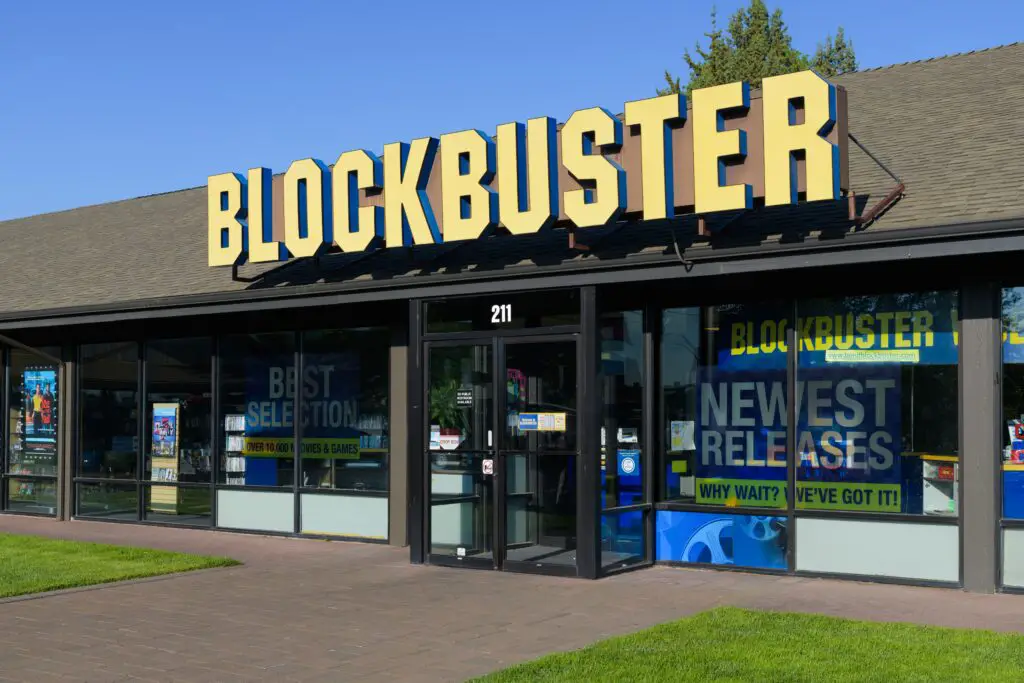
At one point, Blockbuster was the go-to spot for Friday night movie rentals. With thousands of stores across the country, it seemed unstoppable—until streaming services like Netflix changed the game. The company had a chance to buy Netflix early on but passed, thinking its rental model would last forever. As more people opted for digital convenience, Blockbuster couldn’t keep up. Late fees, once a key part of its revenue, became a source of frustration for customers. By the early ’10s, almost all stores had shut down, except for one in Bend, Oregon, which remains as a nostalgic reminder of a bygone era says the Verge.
Looking back, it’s wild to think how quickly Blockbuster fell. The same company that once dominated movie rentals is now mostly a punchline for how not to handle technological change. Many people still feel nostalgic about the experience of browsing shelves and picking out a movie, but convenience won out in the end. If Blockbuster had embraced streaming sooner, it might still be around today—but instead, it’s just a memory of Friday nights past.
2. Borders
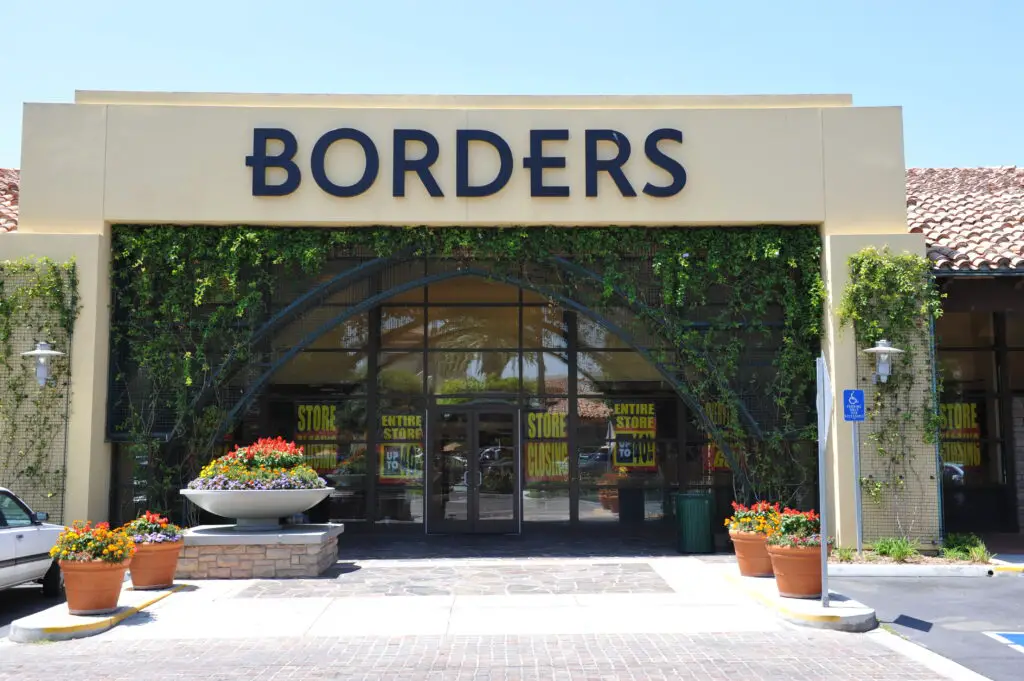
For book lovers, Borders was a paradise. With cozy cafes and endless shelves of books, it was a favorite hangout spot in the ’90s and early ’00s. But as online shopping—especially Amazon—gained traction, Borders struggled to keep up. Instead of focusing on digital sales, it doubled down on physical stores and even expanded when the market was already shifting. The company also relied on expensive leasing agreements, which made financial recovery nearly impossible shares the Week.
By 2011, Borders had filed for bankruptcy, closing all its stores. Barnes & Noble managed to survive by embracing digital options, but Borders just couldn’t pivot fast enough. It’s a reminder that even beloved brands have to evolve with the times. Some former customers still miss the experience of browsing its shelves, but in the end, online shopping proved too powerful to compete with.
3. Circuit City
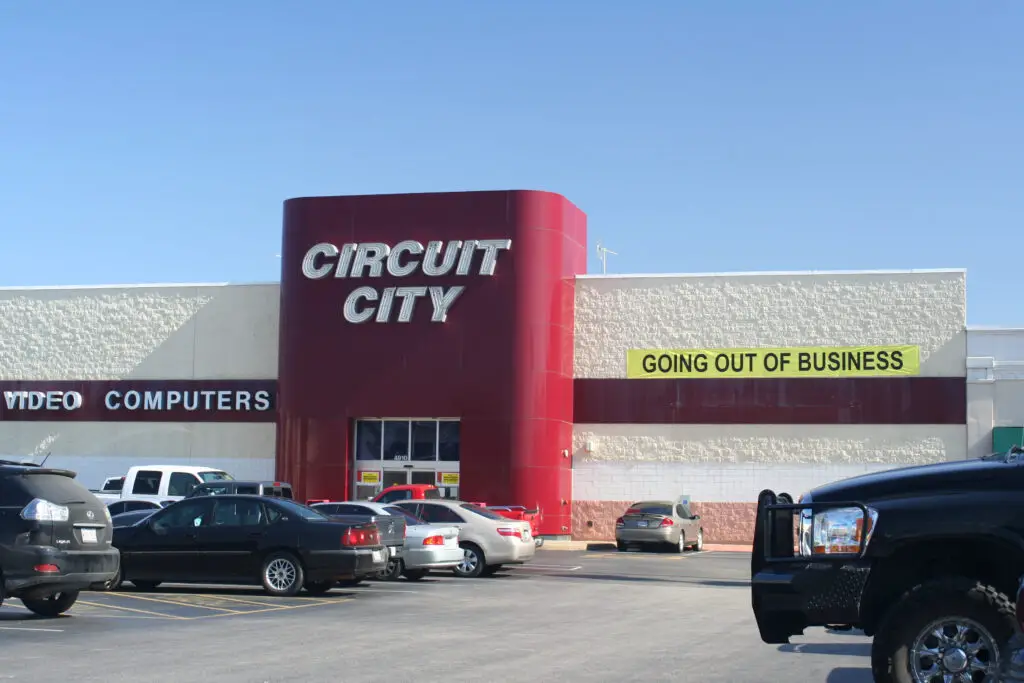
Before Best Buy dominated electronics retail, Circuit City was the place to go for TVs, computers, and gadgets. It had a strong run for decades, but a series of poor business decisions led to its downfall. The company cut costs by firing its most experienced salespeople, which alienated customers looking for expert advice. Meanwhile, it failed to establish a strong online presence, losing ground to competitors with better digital strategies. By 2008, Circuit City had filed for bankruptcy, and within a year, all stores were gone says Business Insider.
What’s ironic is that some of its ideas—like a focus on online sales—were ahead of their time but poorly executed. Now, it’s just a memory of an era when buying electronics meant walking into a massive showroom. Unlike Best Buy, which found ways to adapt, Circuit City didn’t have a clear strategy to survive. In the end, its inability to balance in-store service with online convenience led to its demise.
4. Pan Am

Pan Am wasn’t just an airline—it was a symbol of luxury air travel. Known for its glamorous flights and stylish uniforms, it set the standard for international travel for decades. However, financial mismanagement, rising fuel costs, and increased competition chipped away at its dominance. The 1988 terrorist bombing of Pan Am Flight 103 further damaged the company’s reputation.
By 1991, the airline had collapsed, marking the end of an era in aviation history. Today, the Pan Am name is mostly found on nostalgic merchandise and in old travel posters. While airlines today still strive for luxury, none have quite captured the same mystique. It’s a brand that lives on in pop culture, but not in the skies.
5. Kodak

Kodak was once the king of photography, with its film and cameras dominating the industry for most of the 20th century. But when digital photography emerged, Kodak hesitated to embrace the shift, fearing it would hurt its film business. Ironically, the company actually developed one of the first digital cameras but never capitalized on it. Meanwhile, competitors like Canon and Sony jumped ahead in the digital market.
By the time Kodak tried to catch up, it was too late. The company declared bankruptcy in 2012 and now focuses on niche printing and imaging services rather than mainstream photography. It’s a stark example of how even industry leaders can be left behind if they don’t adapt. Film photography has made a bit of a comeback, but Kodak will never be the giant it once was.
6. Toys “R” Us
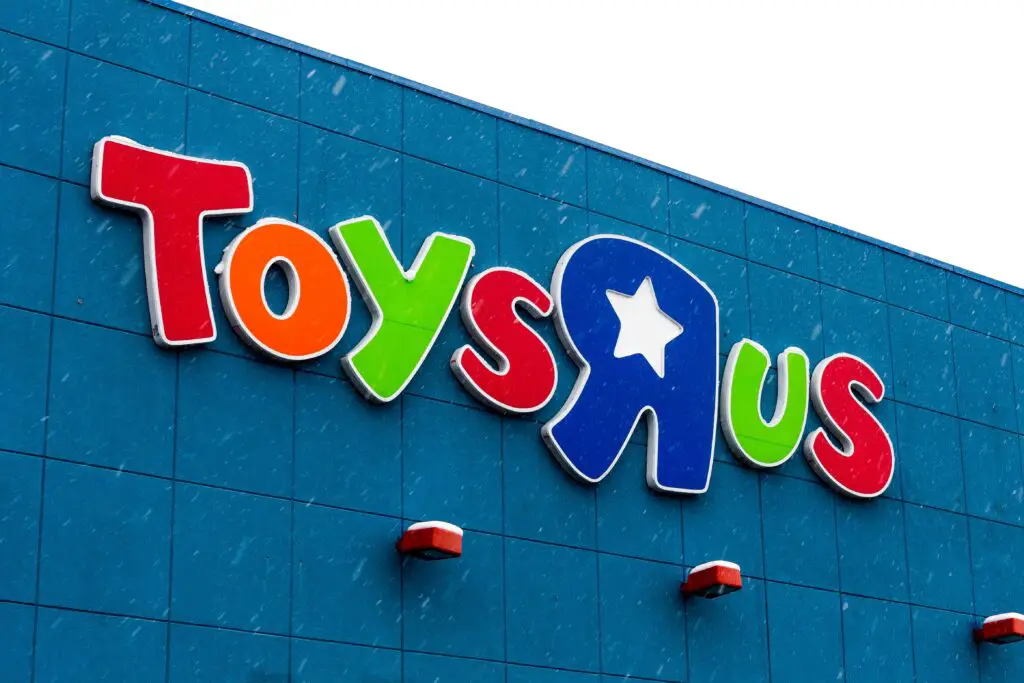
For decades, Toys “R” Us was every kid’s dream store. With massive aisles filled with everything from action figures to bikes, it was the go-to spot for birthdays and holidays. However, as online retailers like Amazon and Walmart expanded their toy selections, Toys “R” Us struggled to compete. The company also carried a huge amount of debt from a leveraged buyout, making it nearly impossible to invest in necessary changes.
Despite a brief attempt at a comeback, the company shut down most of its U.S. stores in 2018. While a few locations have reopened, it’s nothing like the giant it once was. The magic of walking into a massive toy store just doesn’t translate to online shopping. For many, the loss of Toys “R” Us felt like the end of childhood itself.
7. Tower Records
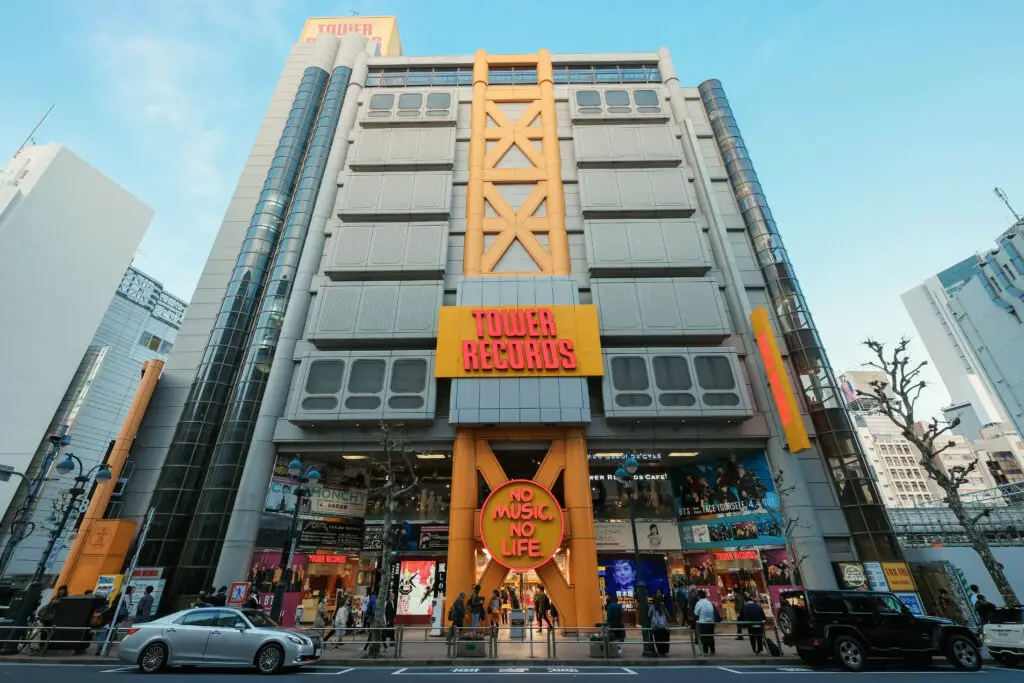
Before streaming and digital downloads, music lovers flocked to Tower Records to browse massive collections of CDs, tapes, and vinyl. The store had a cult-like following, with locations in major cities worldwide. But when the music industry shifted to digital, Tower Records failed to adjust. High prices, competition from big-box stores, and the rise of Napster and iTunes spelled disaster.
By 2006, Tower Records had closed all its U.S. stores. While the name still exists in some international markets, its American presence is long gone. Music shopping has become a digital experience, but for many, nothing beats flipping through records in a store. Tower Records had the chance to embrace online sales but just didn’t move fast enough.
8. Woolworth’s
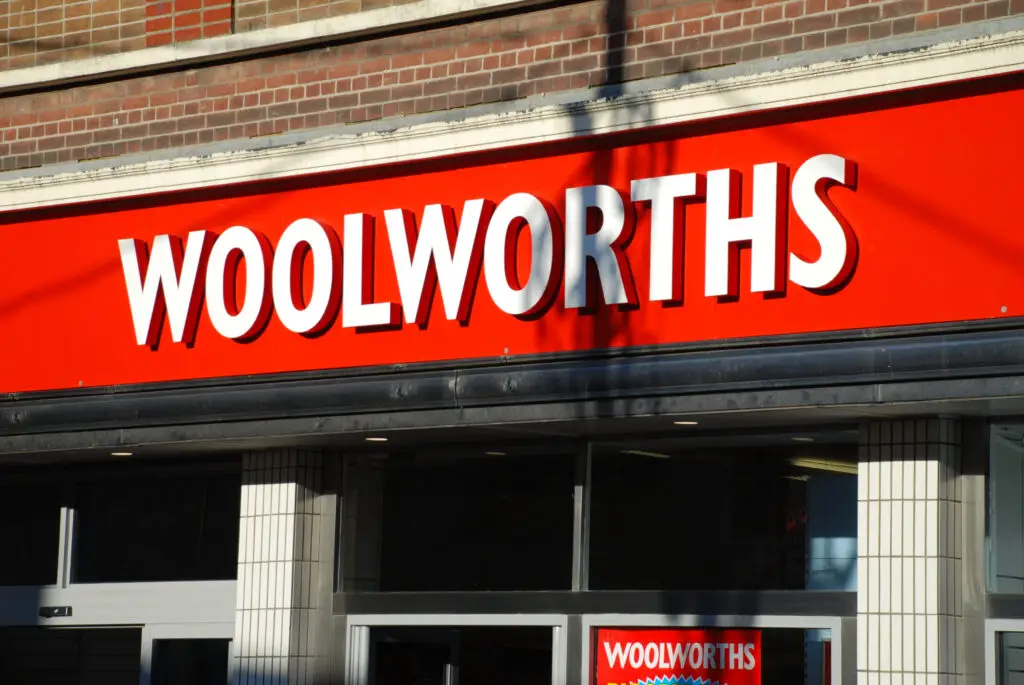
Once a retail giant, Woolworth’s was the original five-and-dime store. It was a pioneer in the department store model, selling everything from clothes to home goods at affordable prices. However, as shopping habits evolved and big-box stores like Walmart and Target grew, Woolworth’s lost its edge. It failed to modernize and struggled to attract younger customers.
By the late ’90s, Woolworth’s shut down its remaining U.S. stores. Its legacy lives on through Foot Locker, which was once part of the Woolworth’s empire. The brand may be gone, but its influence on retail is undeniable. In many ways, it paved the way for modern discount stores, even if it didn’t survive the competition.
9. RadioShack
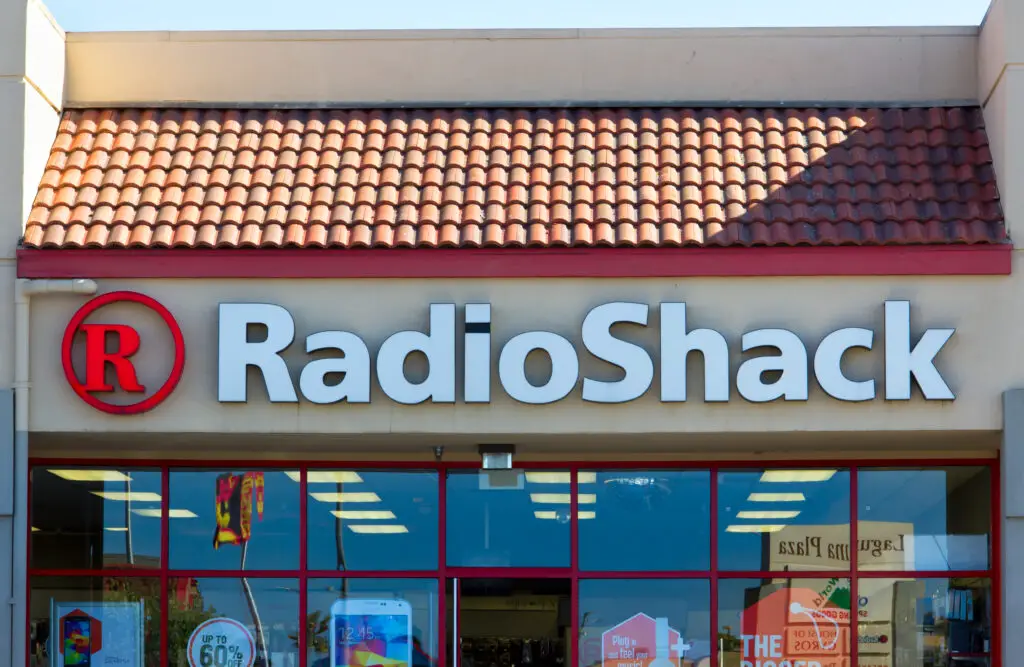
RadioShack was once the go-to store for tech enthusiasts and DIY electronics projects. Whether you needed a new transistor or a weird battery, RadioShack had it. But as technology changed, fewer people needed niche electronic parts, and big retailers like Best Buy and Amazon offered better prices. The company also expanded too aggressively, leaving it with too many stores and not enough customers.
After multiple bankruptcy filings, RadioShack faded into obscurity. While the brand still exists online, it’s nothing like the thriving chain it once was. It’s a prime example of a store that catered to a niche that just got smaller over time. Once the internet made finding specialty tech parts easier, RadioShack’s in-person advantage disappeared.
10. Compaq

In the early days of personal computing, Compaq was a major player. Its portable computers helped bring PCs into homes and offices, competing fiercely with IBM. But as Dell and HP introduced more efficient supply chains and competitive pricing, Compaq struggled to keep up. In 2002, HP acquired Compaq, and over time, the brand faded away.
Now, Compaq exists only as a name, with no real presence in the computer market. It’s a reminder of how quickly tech giants can rise and fall. At one point, Compaq was cutting-edge, but it couldn’t keep pace with a rapidly changing industry.
11. Montgomery Ward
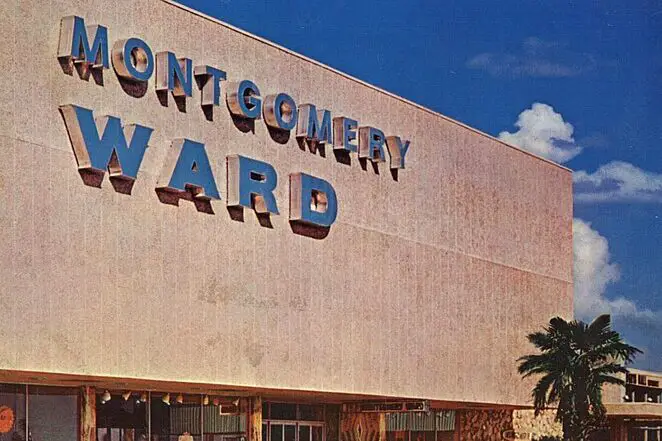
Montgomery Ward was one of the first major mail-order retailers, bringing goods to Americans across the country. It later expanded into department stores, competing with Sears and JCPenney. But as retail trends changed, Montgomery Ward failed to modernize. Poor financial decisions and increasing competition led to a slow decline.
By 2001, the company shut down completely, marking the end of a retail legend. Though the name was briefly revived as an online-only store, it’s nowhere near the powerhouse it once was. It’s another case of a business that didn’t evolve quickly enough to survive.
12. Lehman Brothers
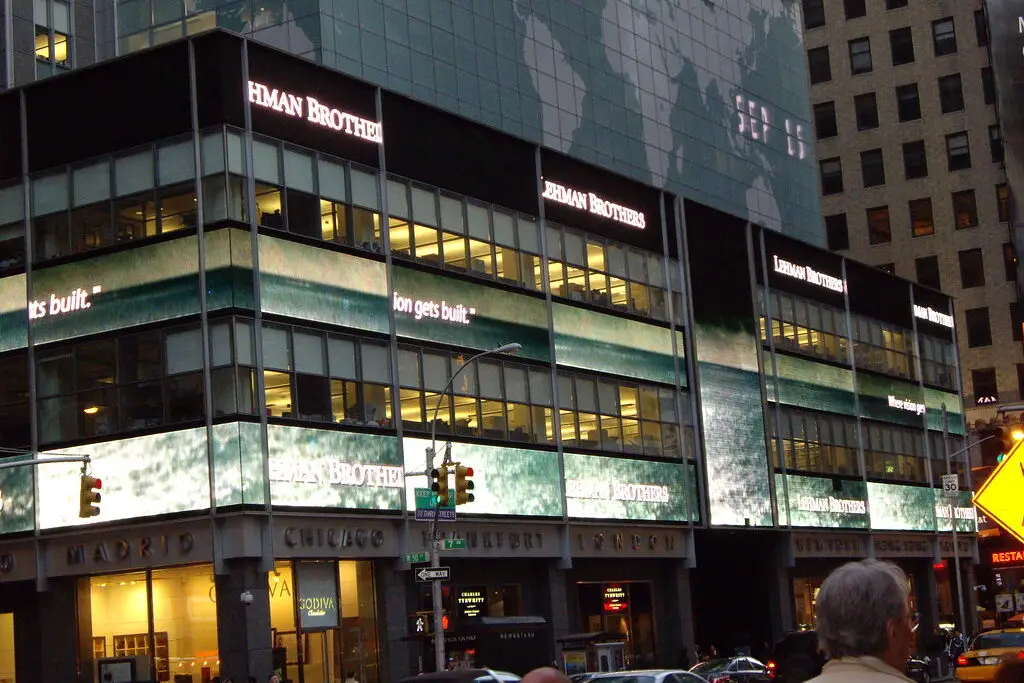
Lehman Brothers was one of the biggest investment banks in the U.S. But during the 2008 financial crisis, it became the most infamous casualty. The company’s involvement in risky mortgage-backed securities led to its downfall.
Its sudden bankruptcy triggered a wave of financial panic, making it one of the defining moments of the Great Recession. The collapse was a harsh lesson in the dangers of unchecked financial speculation.
